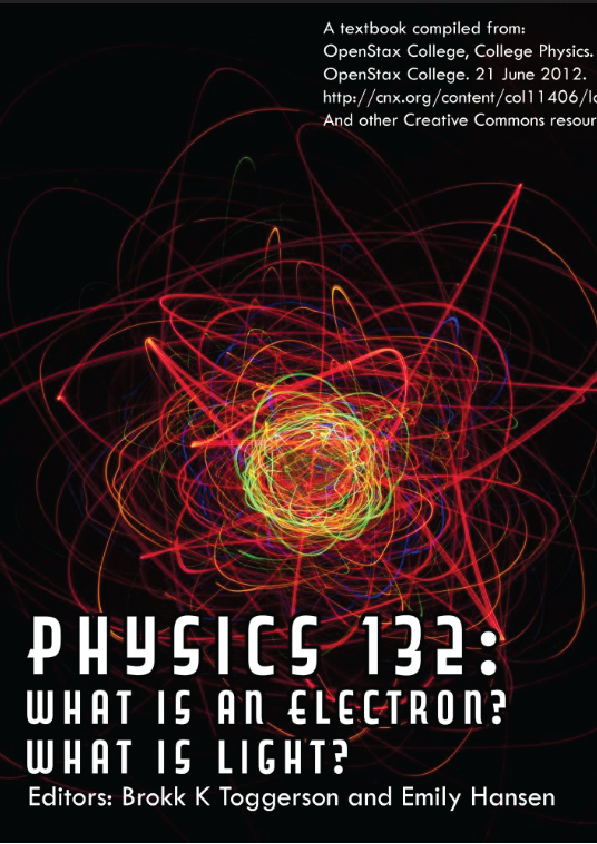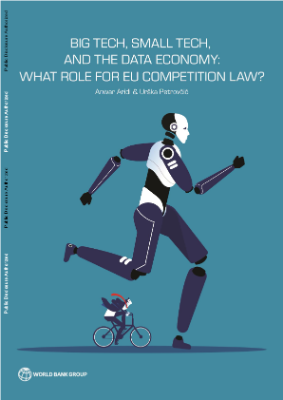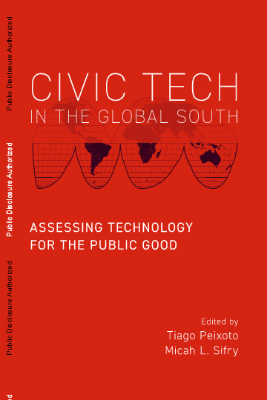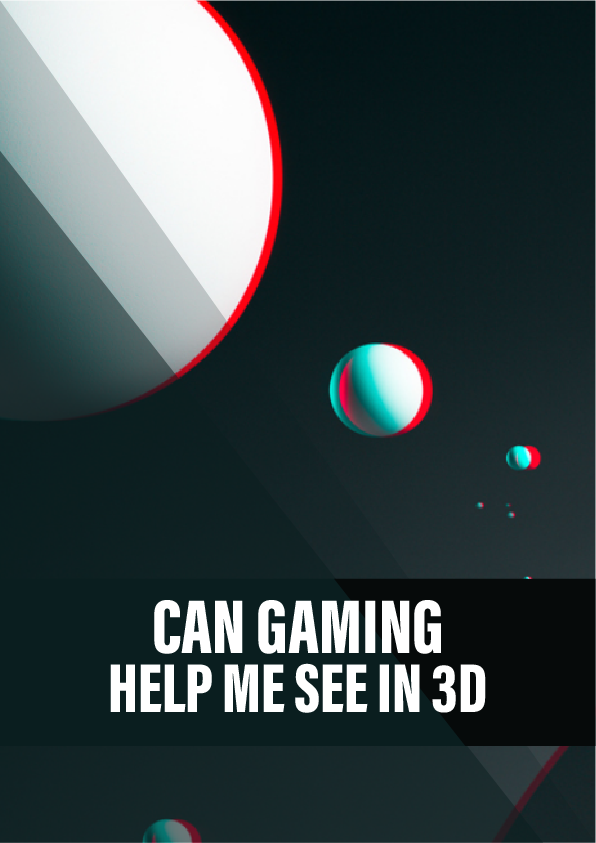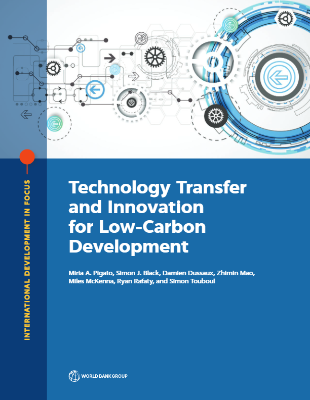Hello, welcome to Physics 132 at University of Massachusetts, Amherst! This course is where we get to use the ideas from Physics 131 (forces, energy, etc.) to really understand two fundamental objects: electrons and light. These two fundamental objects are all around you. You can see this page due to light. How many electronic devices are you carrying right now? Moreover, understanding these two objects is key for understanding the physical original of biological processes. One cannot hope to understand molecular pathways within cells such as photosynthesis and neural activation without talking about electrons and light, but what are electrons? What is light? The goal of this course is to help you develop your own understanding of these questions.
How do you define what something is? Especially, as is the case for light and electrons, when the object you are trying to define is subatomic and so very far removed from our everyday experience? These are not scientific questions: we cannot design an experiment to test their answers. Thus, this physics course must, right out of the gate, go beyond physics to philosophy. Specifically, we must venture into metaphysics: a branch of philosophy that explores the nature of being, existence, and reality. The word physics actually comes from a Greek word ΦIΣIK meaning “nature.” META is a Greek word meaning “beyond.” So metaphysics literally means beyond nature. In particular, to answer the question of “how do you define what something is?” we need a branch of metaphysics called ontology.
So how will we define things like electrons and light? In philosophy, we would ask, “what will be our ontological framework?”
Thus, our definition of an electron will be a list of its properties and interactions. In defining light and electrons in this way, we will see that we must actually look at two other objects: electric and magnetic fields to complete our picture. Does listing properties and interactions really entirely define what it means to be an electron or light? Probably not! There are certainly other possible ontological frameworks, but those are topics for a philosophy class. Science is a powerful way to understand the world, but its requirement of experimental falsifiability does have limitations which is why general education courses are so important for scientists!
This book has been specifically designed for this course out of free-and-open resources such as the OpenStax College Physics textbook University of Maryland’s UMD NEXUS Wikibook, as well as other resources from around the internet. While the text has all the information you need, some sections are also available as videos on our course YouTube page. These sections will have the link at the beginning with the section below.
Many students often complain that physics lectures, “spend all of their time on the easy problems and never have time to work through harder ones.” In this course, we want to make sure that you have time to work through harder ideas and problems in-class where you can get help from the TAs and instructor. To make sure we have time to explore these concepts, you will need to have some familiarity with basic facts before coming to class. We will expect you to learn the relevant formulas, symbols, and terminology as well as review relevant material from 131 before coming to class using the resources in this book. We will NOT expect you to learn how to solve new types of advanced problems.
